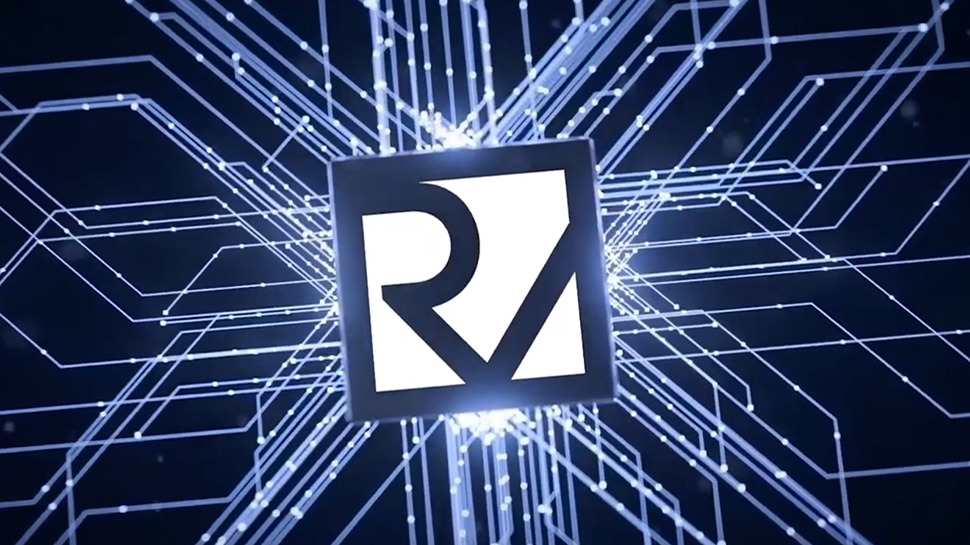The recent RISC-V Summit in Santa Clara, California, saw major industry players like Nvidia , Qualcomm, Google , and Samsung deliver presentations focused on AI and the expanding role of the RISC-V architecture.
The involvement of such big name players put a spotlight on the growing momentum behind RISC-V, which is increasingly being seen as viable challenger to proprietary architectures like Arm and x86.
Nvidia, which has used RISC-V in its GPU microcontrollers for nearly a decade, presented a 20-minute keynote titled “One Architecture, Dozens of Applications, Billions of Processors,” presented by its VP of Multimedia Architecture/ASIC, Frans Sijstermans exploring the company has used RISC-V to improve its products, highlighting the architecture’s growing influence in GPU design.
Building new AI accelerators
Having previously announced its long-term commitment to RISC-V, Qualcomm also took to the stage to discuss Sail and other alternative approaches to providing a single source of truth for the RISC-V ISA. The company also participated in a keynote panel on the future of AI and security, alongside Nvidia and others.
Samsung highlighted how it has successfully integrated RISC-V CPUs into its embedded systems, and offered insights on how Samsung Foundry is helping customers innovate with RISC-V. The company also discussed ways it has optimized chip and chiplet performance to create smarter, more efficient systems.
One of the definite highlights of the event was a talk from Google DeepMind’s Cliff Young and Martin Maas, who spoke on the benefits of building new AI accelerators with RISC-V. Google’s TPUs are based on the architecture, and the session covered the pair’s experiences at Google designing and deploying successful accelerators and the challenges faced along the way.
Although widespread server and PC adoption may take time, RISC-V is gaining momentum in both the AI and automotive sectors, with other summit speakers discussing more about this and cover how upcoming computing trends could be shaped by the architecture, including RISC-V’s role in generative AI and high-performance computing.
More from TechRadar Pro




















+ There are no comments
Add yours